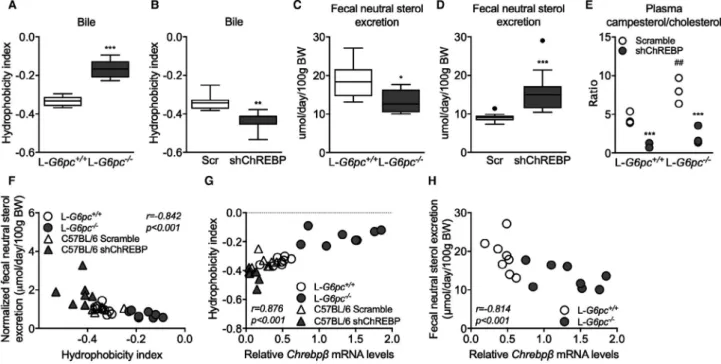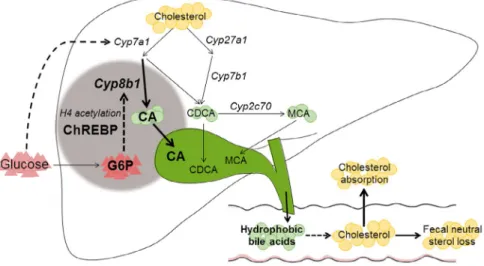Glucose‐6‐Phosphate Regulates Hepatic Bile Acid Synthesis in Mice
Texte intégral
Figure
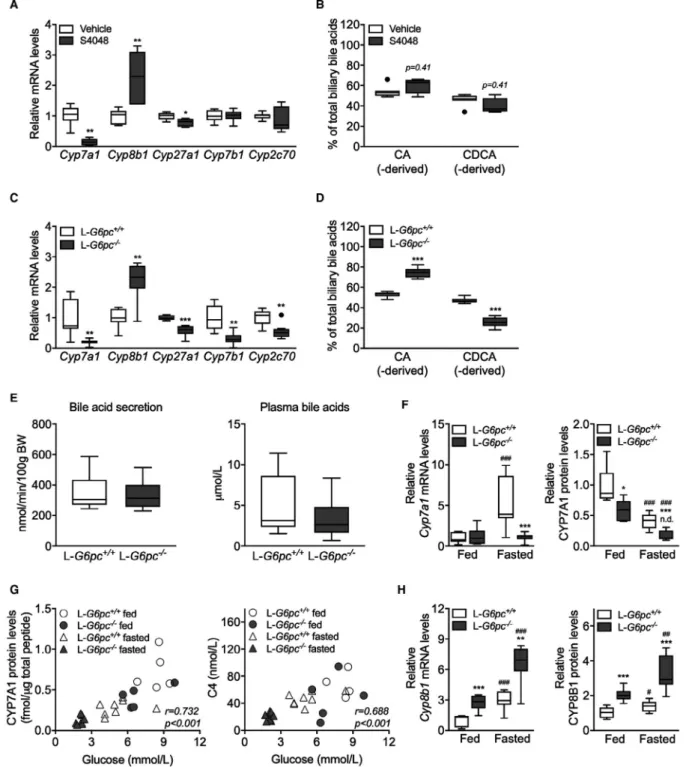
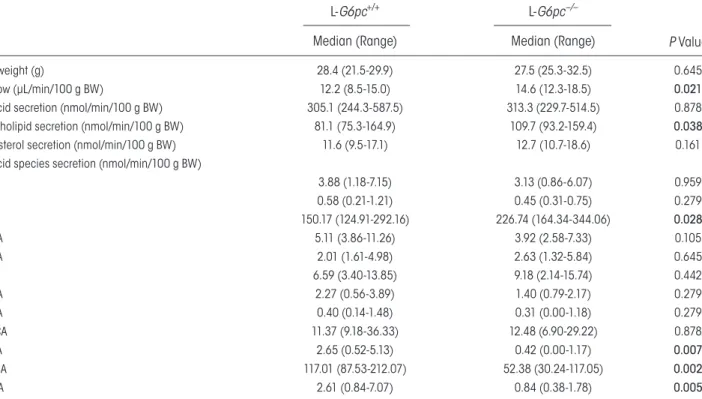
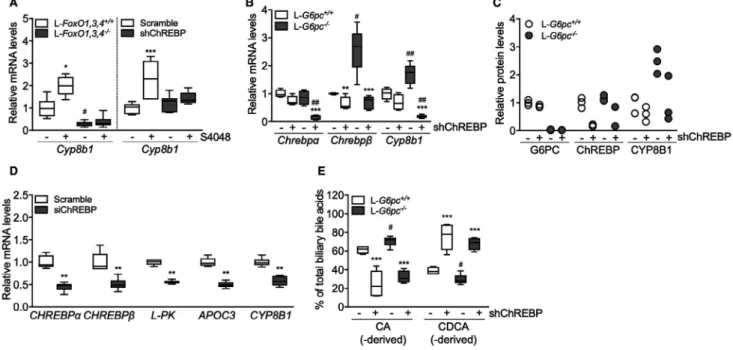
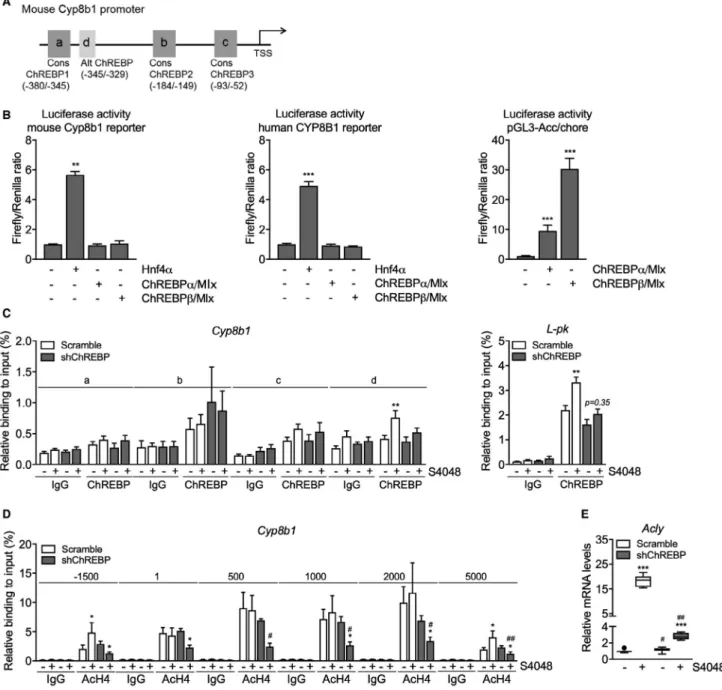
Documents relatifs
Based on credible simulations, it is shown that the nonlinear power of a Raman free-electron laser in a millimeter wave range goes up and gets an increase of at least 9% when
'Section 9 of the Mineral Workings Act 1951 provides that the rate of payments out of the Iron- stone Restoration Fund to be made to ironstone operators in respect of the restoration
Finally, each personalized community model was constrained with an “Average European” diet supplemented with conjugated primary bile acids and its individual-specific, primary bile
Challenging the wall experimental begins: • Stage 1- Create air leakage path and monitor. under naturally
L’archive ouverte pluridisciplinaire HAL, est destinée au dépôt et à la diffusion de documents scientifiques de niveau recherche, publiés ou non, émanant des
[r]
Boards from all samples met relevant standard requirements; however, the addition of spruce caused a decrease in mechanical properties, with homogeneity having the most significant
In the HNF1α-mutated HCA, we found an increase in PPAR γ gene expression, however, among three well-known targets of this transcription factor (FABP4, CD36 and UCP2) only
